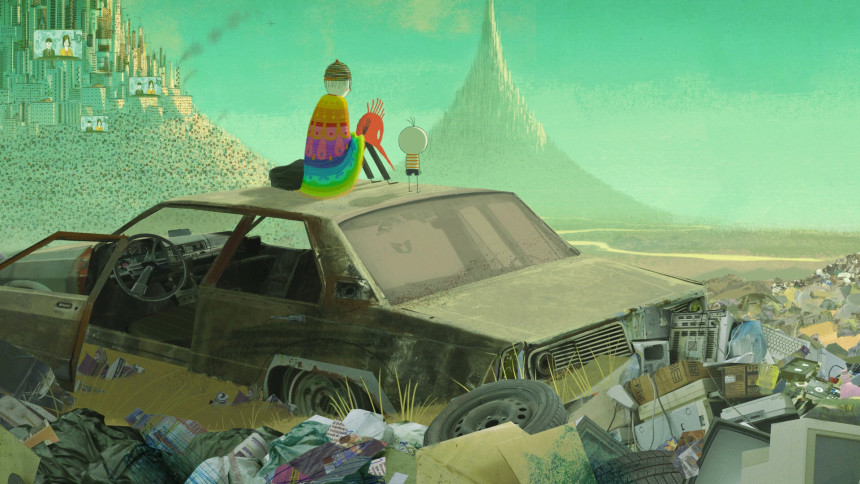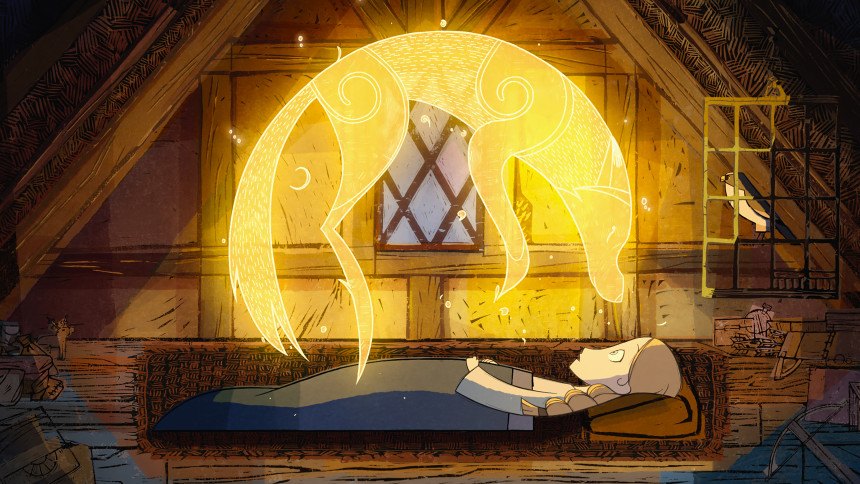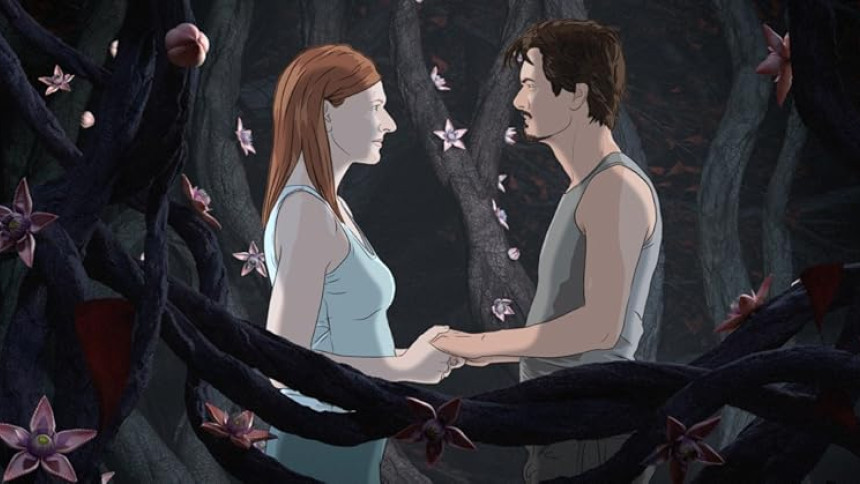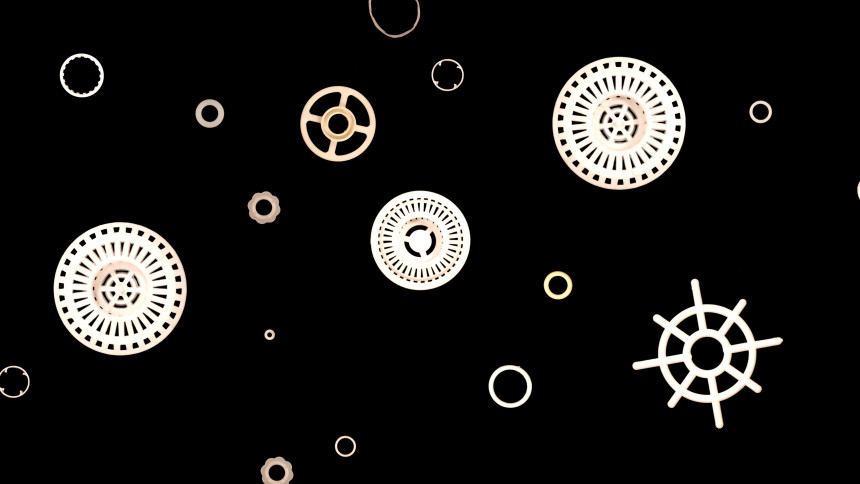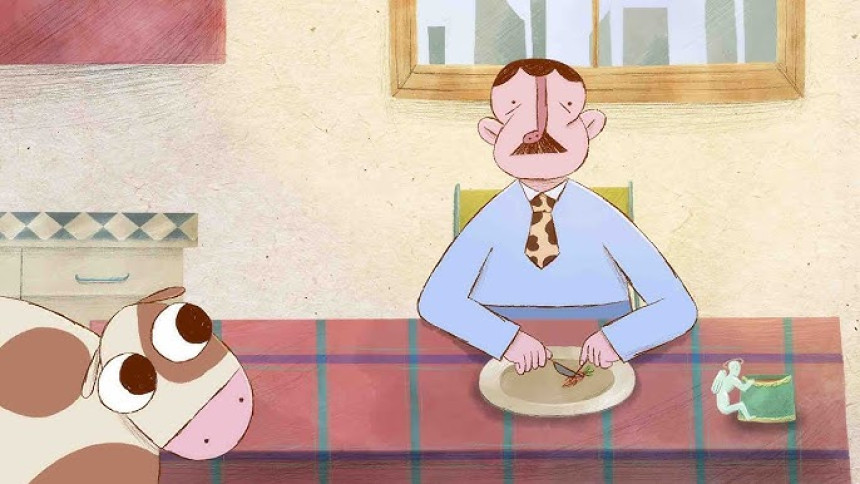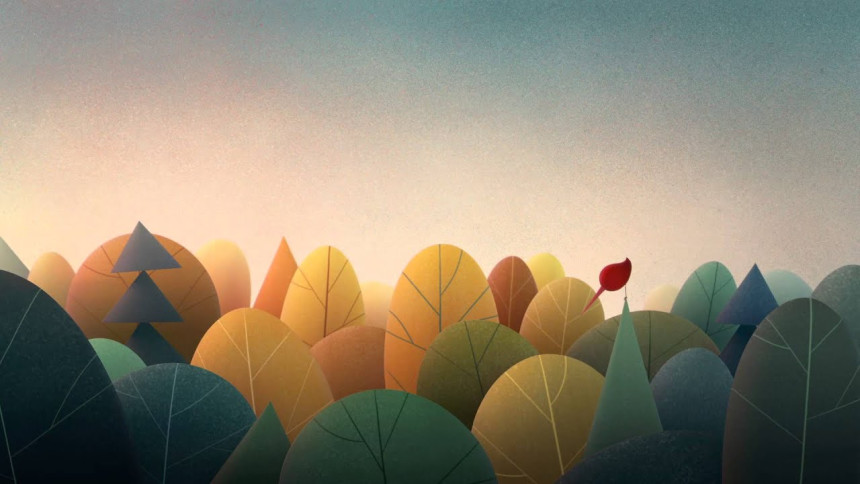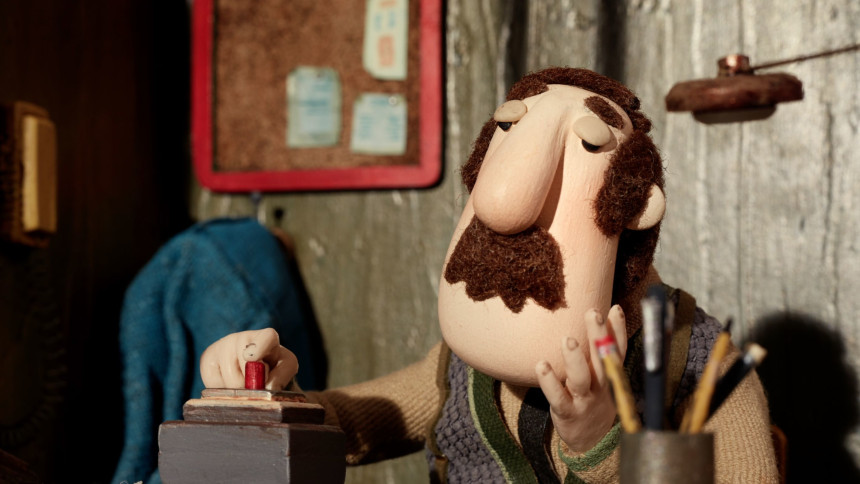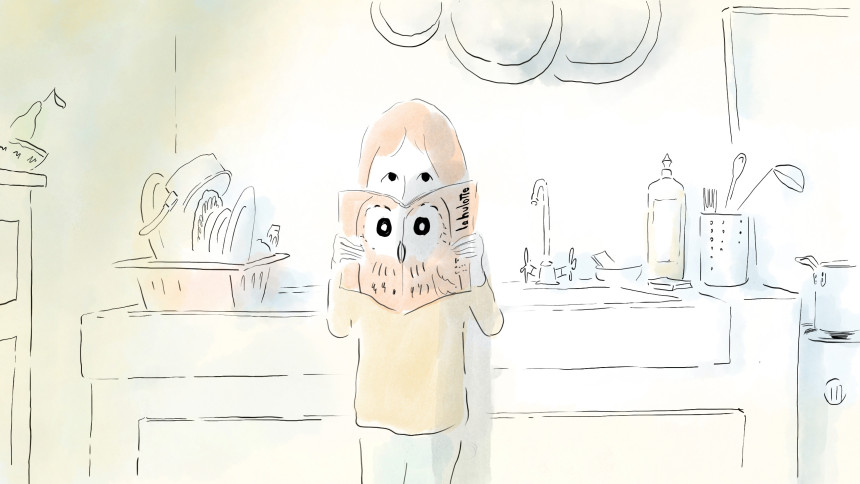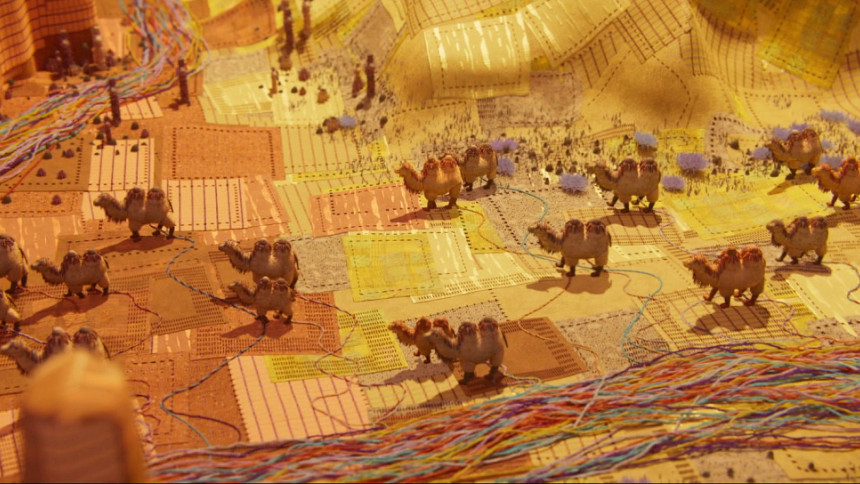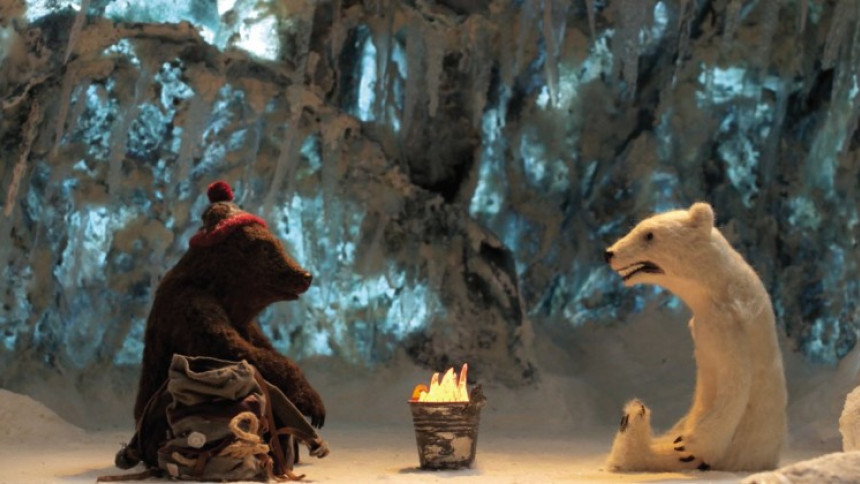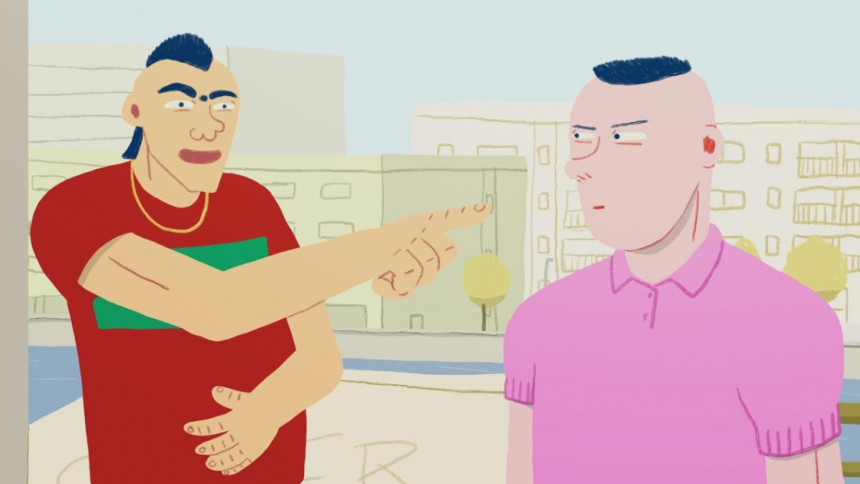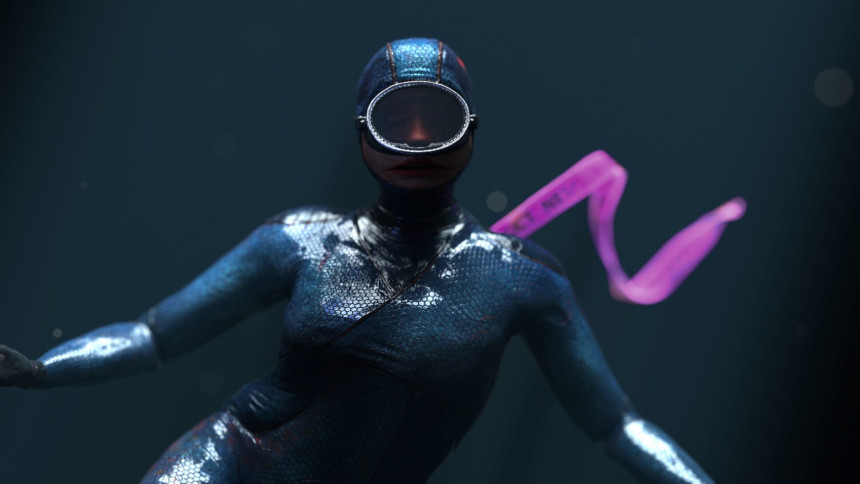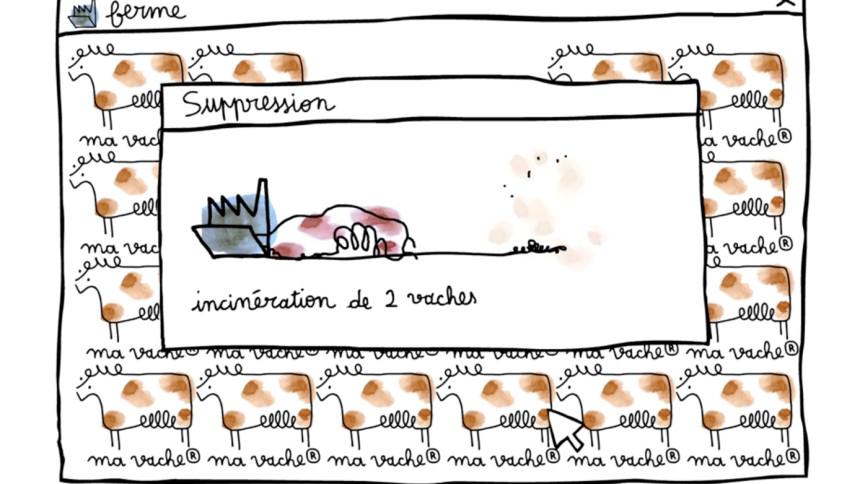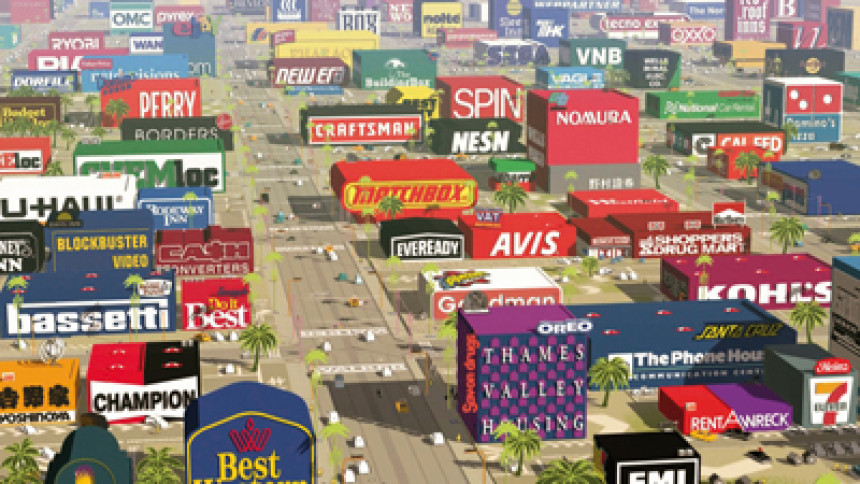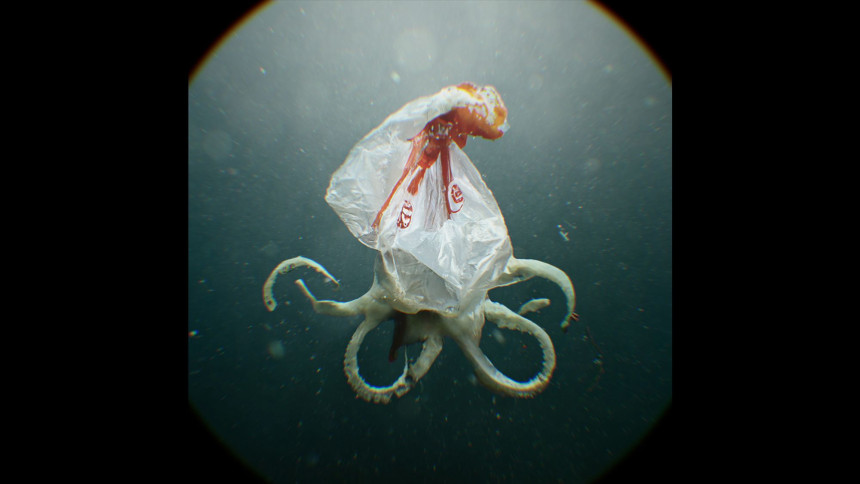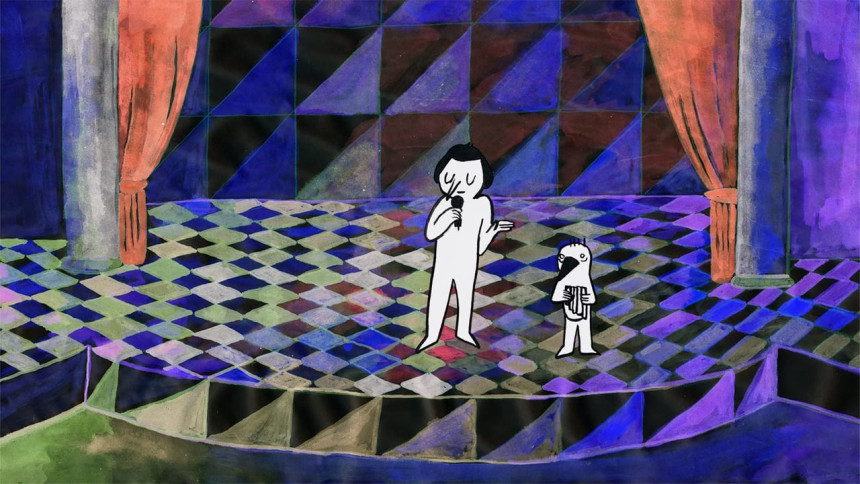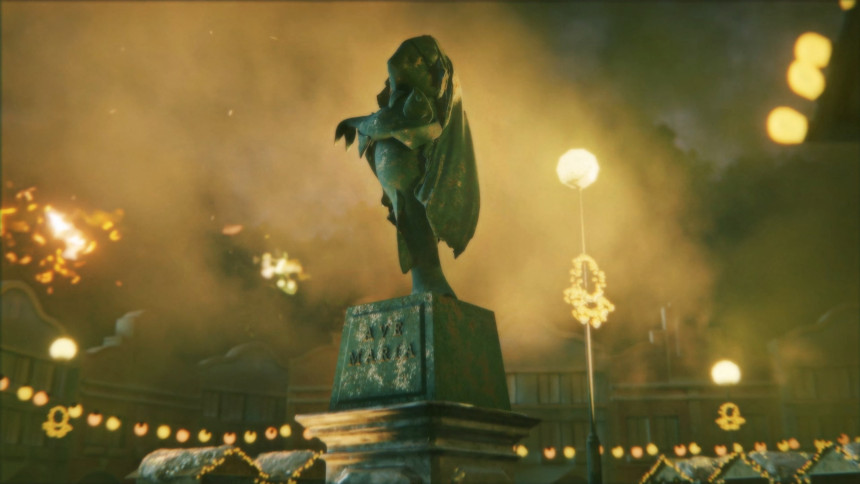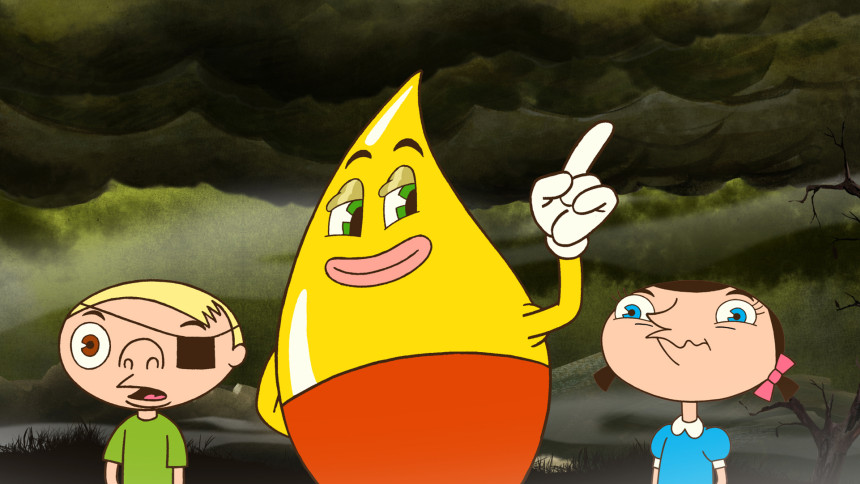Animation and Ecology
In the presence of Xavier Kawa-Topor, Managing Director of NEF Animation, Margot Grenier, film mediator and Dominique Terasas, teacher
In partnership with NEF Animation
Environmental danger has always been very present in animated films. From the works of Tex Avery (The Farm of Tomorrow) to those of Hayao Miyazaki, from Jean-François Laguionie to Tomm Moore, this issue crosses periods and continents. It has to be said that for these creators, animation is, to a certain extent, a way of recreating life and, each in their own way, asking us about the relationship between man and nature.
While some films are concerned about a world on the brink of collapse, others question the spiritual connection with nature (Wolfwalkers). There is also a vein of animation that is very sarcastic and highly critical of consumer society (Trash programme).
In the space of a few years, our societies have become largely urbanised, and the digital transition is accentuating our disregard for nature and our relationship with reality. In this context, animation can make audiences aware of the diversity and richness of nature, but above all remind them that they are part of it.
The environmental crisis we are living through is also a crisis of sensitivity to nature. The ecological question is also an inner question, and this is what animated films remind us of with poetry and emotion.
A text inspired by the writings of Xavier Kawa-Topor for a retrospective comprising three programmes of short films, five feature films and a masterclass by Xavier Kawa-Topor.
Feature Films
The Green Beauty
Programme of short films, screened from age 9 upwards
Some Green and Some Black
Programme of short films, recommended for ages 13 and upwards



